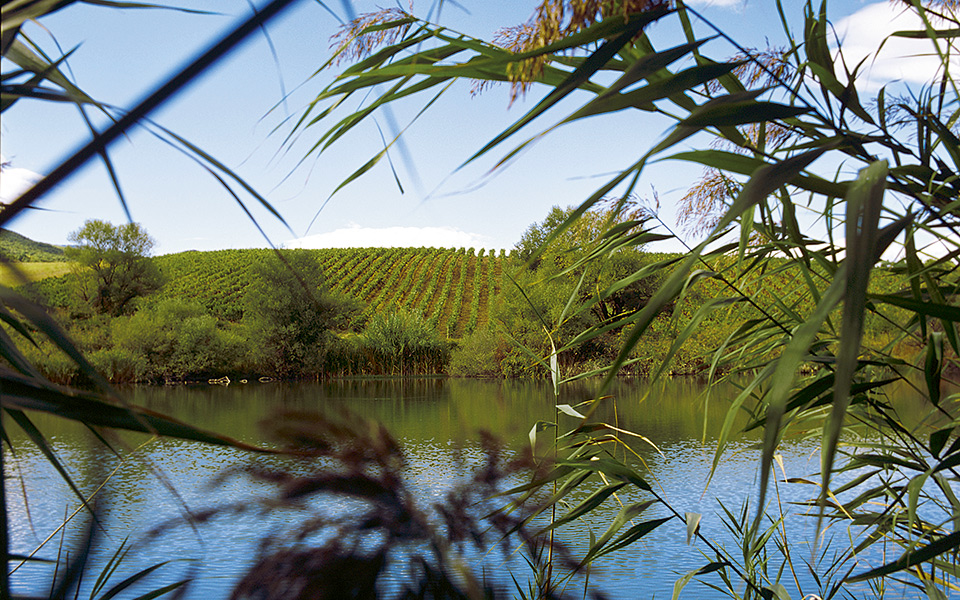Northern Greece is the powerhouse of the country’s winemaking industry, with a history stretching back almost four and a half millennia. It is renowned for the passion of its winemakers, many of whom hail from families that have been in the business for several generations and who have dedicated their efforts to promoting native varieties and marrying them with internationally known grapes that have adapted well to the region’s mesoclimates. The region today enjoys a reputation not just for its large-scale wineries, but also for smaller producers who are making significant inroads with top-notch wines that are fast gaining fans around the world.
Representing almost one-sixth of Greece’s total vine-growing area with 8,130 hectares of vineyards, northern Greece is the country’s wine-producing engine. Extending from Thrace in the east to Epirus in the west, it is distinguished by its climatic and geological diversity. Far-flung Thrace produced the Ismarian wine that intoxicated the Cyclops Polyphemus, while in Eastern Macedonia’s Filippoi vine cultivation can been traced back almost 4,500 years.
This is quite a mountainous region, meaning that at high altitudes and near ranges, such as in Kozani and Amyntaio in Macedonia, the climate can be quite chilly. Most vineyards are located at altitudes ranging from 200 to 300 meters, reaching as high as 1,000m in Metsovo in Epirus, and while the quality of the soil varies greatly, it is generally rich in clay and calcium carbonate. So, while diversity may be the defining feature of an area as large as northern Greece, its vineyards share the ability to produce high-quality vintages.
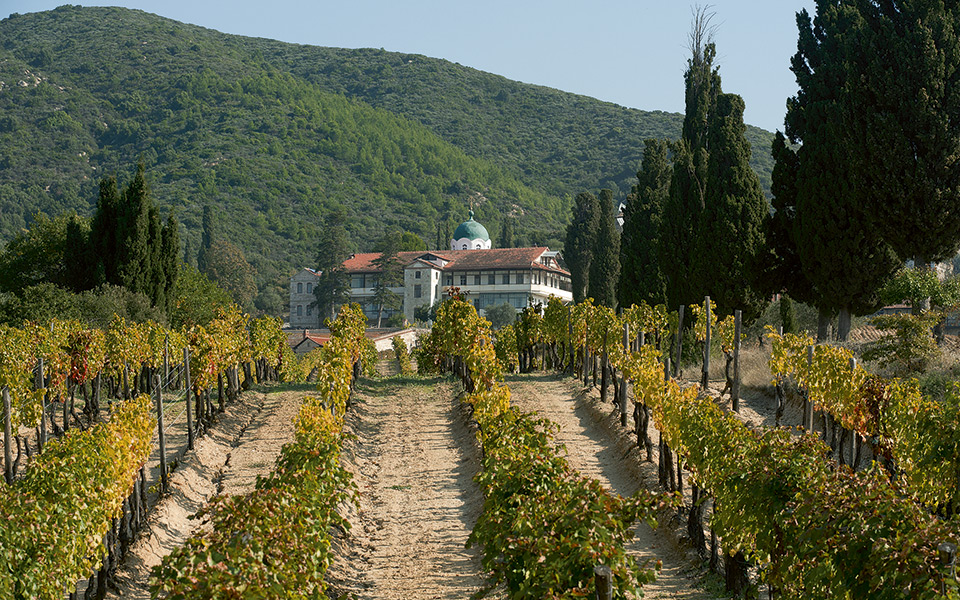
© Alexandros Avramidis
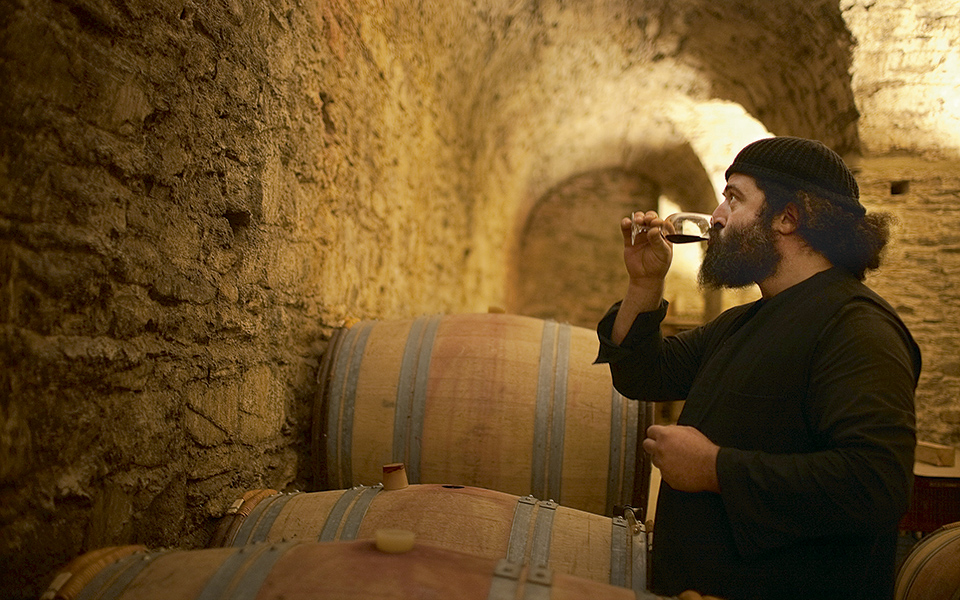
© Corbis/Smart Magna
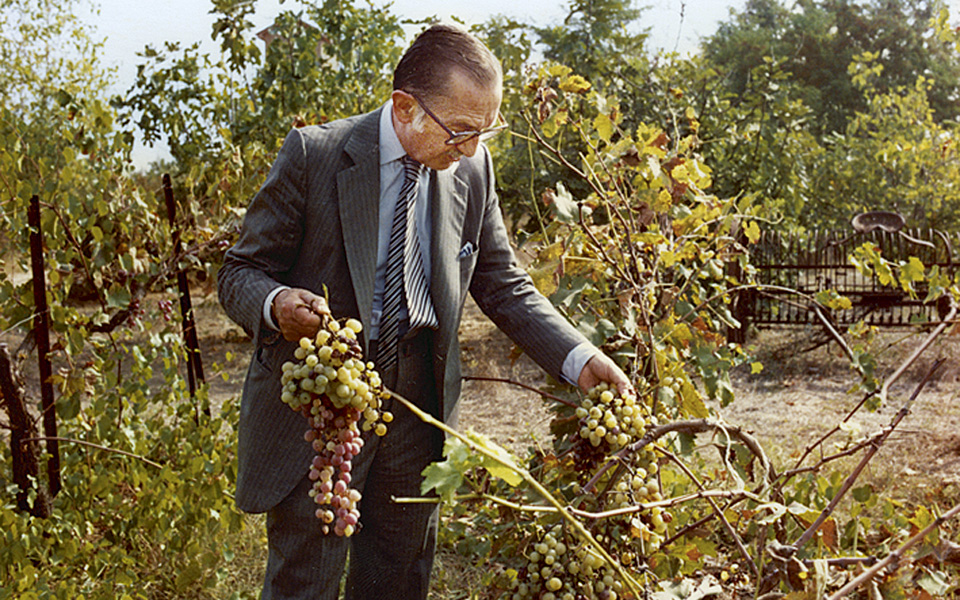
There is no shortage of legends and tales about northern Greece’s wine, as its history dates back millennia, with Homer extensively referring to the land of the Cicones, a people in Thrace. The wine of Maron, a priest of Apollo in Ismarus, was renowned for being such a divine drink that you could mix it with 20 times as much water and it would still retain its saccharine qualities.
The foundations of modern winemaking were not laid until the 1930s, after a terrible phylloxera epidemic wiped out every single vineyard in Macedonia and Thrace.
Statesman Evangelos Averoff-Tositsas was the first to introduce foreign grape varieties in 1958, starting a vineyard on the wild highlands of Metsovo, Epirus, in a spot that came to be known as Yiniets, after the Vlach word for vineyard. In 1960, shipowner Yiannis Carras saw the potential for developing a large vineyard in Sithonia, in the Halkidiki peninsula. At around the same time Evangelos Tsantalis was discovering the grandeur of the Mount Athos vineyards. In 1981 “Agioritikos” (from Aghion Oros or Holy Mountain) was recognized as the first Regional Wine of Greece.
Another key player in the northern Greek wine scene was the Boutari family. With a history stretching back to 1879, it started building its reputation at Naoussa in Imathia (90km from Thessaloniki). Vangelis Gerovassiliou also exerted a significant influence on developments, both as an oenologist at the Porto Carras estate as well as at his own wineries, from the mid-1980s on.
“Most vineyards are located at altitudes ranging from 200 to 300 meters, reaching as high as 1,000m in Metsovo in Epirus”
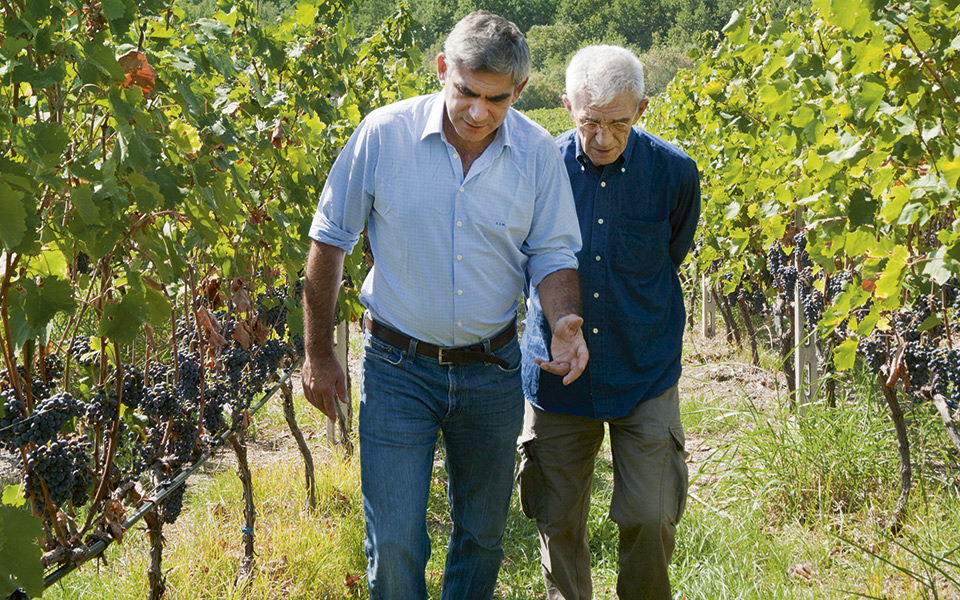
© Alexandros Avramidis
Northern Greece is now experiencing a new heyday. On the one hand, the appearance of boutique wineries, often family-owned, alongside the big traditional names and, on the other, the quest for harmonious blends between native and foreign varieties have created all the right conditions for the production of higher caliber wines that can compete on a global scale. Working towards this vision, passionate winemakers are also breathing fresh life into the industry.
These efforts are focused primarily on producing terroir wines emphasizing the quality of the grape, often through organic farming practices and the limited use of chemical fertilizers and pesticides. Some vintners are experimenting with biodynamic agriculture, while other trends include fermentations in amphorae, as well as efforts to produce wines with minimum human intervention. The results of these exciting endeavors are extremely promising, as evident in the excellent sparkling wines in the Amyntaio region, made with the traditional Champenoise method, the revival of high-quality retsina and several orange wines – all pointing to the fact that northern Greece remains one of the fundamental pillars of Greek wine.
“Some vintners are experimenting with biodynamic agriculture, while other trends include fermentations in amphorae, as well as efforts to produce wines with minimum human intervention.”
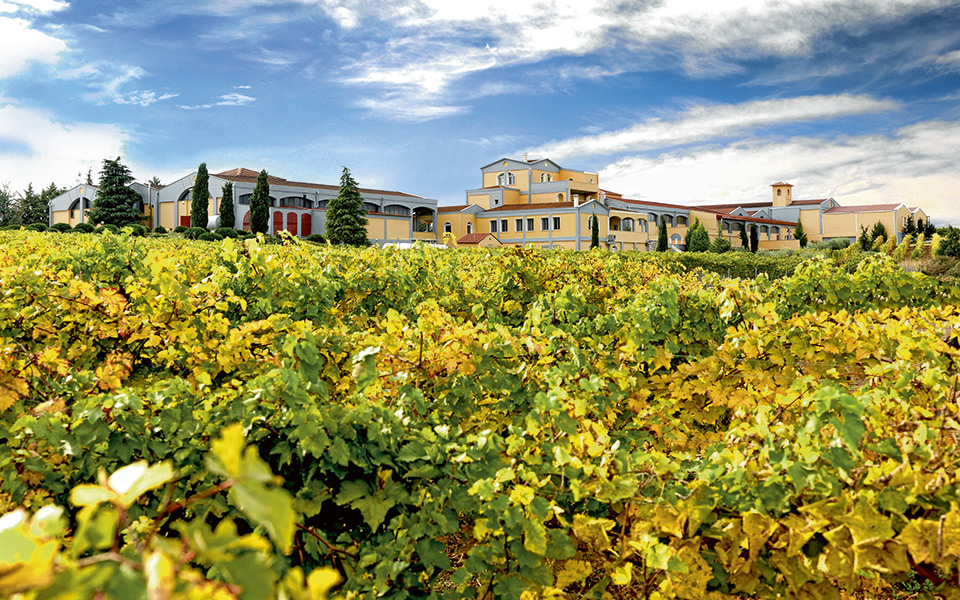
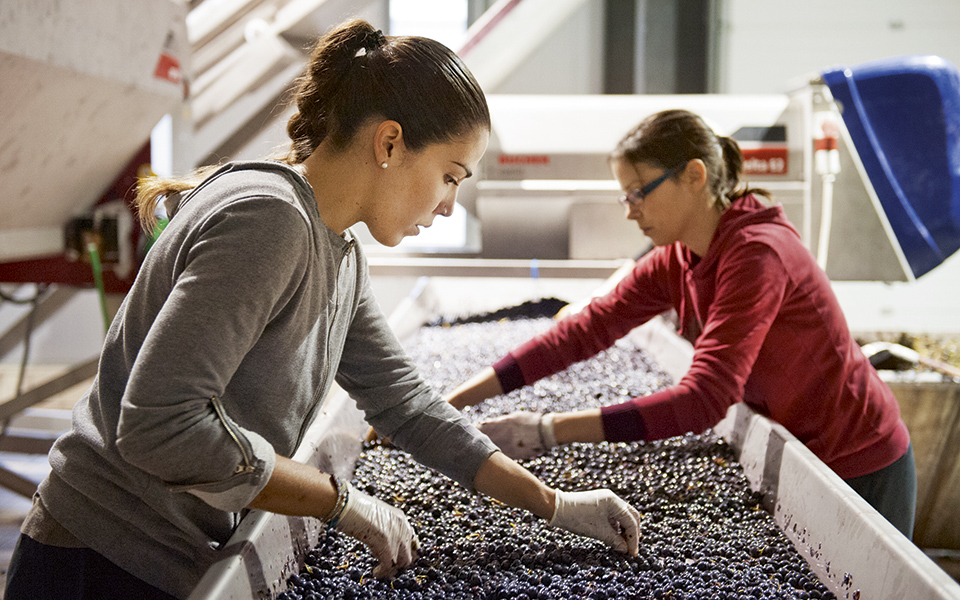
© Alexandros Avramidis
PDO-certified Naoussa – robust, structured and with great aging potential – produces tight wines, full of fruity and complex aromas, while neighboring and colder Amyntaio, with its light, sandy soil, yields more delicate wines that need to be consumed sooner. Other two areas with PDO certification are Goumenissa in Kilkis, Central Macedonia, and, way south, Rapsani at the foot of Lower (Kato) Olympus, where Xinomavro is complemented by other native varieties that soften its character to produce wines with a style that is more direct and, in many cases, quite delicious. A larger ratio of Xinomavro ensures ageworthy wines with stronger tannins that need time to fully reveal their virtues.
Zitsa in Ioannina, Epirus, has also been graced with PDO status, producing the lemony Debina as a variety that yields both subtle and fresh sparkling wines. Meanwhile, Plagies Melitona, from the slopes of Mt Meliton in Sithonia in Halkidiki, is the only Greek PDO region where the world-known Cabernet Sauvignon is still the dominant variety and is also used in blends with what is probably Greece’s oldest surviving variety, Limnio.
Drama and Kavala may not have PDO appellations, but they are worth mentioning. The former was responsible for giving Greek wine a much-needed boost in the 1990s after significant investments resulted in landmark wines like Amethystos and Magiko Vouno. These two areas were among the first to promote international varieties like Cabernet Sauvignon, Merlot, Syrah and Sauvignon Blanc, used mainly in blends: the white varieties in the colder climes of Kavala and the reds in slightly warmer Drama.
Other native varieties encountered in northern Greece are Roditis, the popular floral Malagousia, Assyrtiko in fruitier versions than those produced in Santorini and reds such as Vlachiko and Bekari, grown in Epirus. There is also a range of foreign varieties, from Grenache to Tannat.
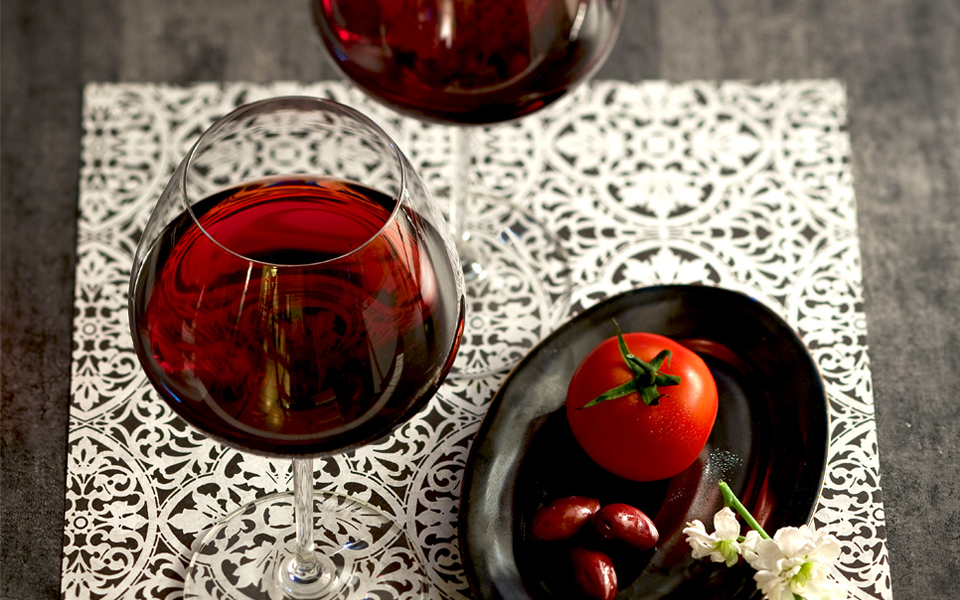
THE GREAT GRAPE | XINOMAVRO
Xinomavro (Ksee no’ ma vro) is northern Greece’s unrivalled variety, found in 2,000 hectares of its vineyards. It is a difficult, whimsical grape that presents an equal challenge to the viticulturist and the winemaker, but has nevertheless produced some of the most exciting wines to emerge from Greece since the 60s. Xinomavro wines are not particularly striking in color; their magic lies in the aromatic complexity of small red fruits and floral tones like rose. Leather, sun-dried tomato and sophisticated truffle notes complement the bouquet, particularly of a mature wine. Strong tannins call out for aging, while it is widely accepted that Xinomavro is capable of yielding high-quality terroir wines. It appears in four PDO-certified areas: in two as a single variety and in the others in blends. It yields wines that appeal to epicures and pair perfectly with rich meats.
ABOUT THE AUTHOR | Yiannis Karakasis, Master of Wine since 2015, is a consultant, educator and cofounder of the dynamic wine blog www.winecommanders.com, dedicated to promoting Greek wine in the international market.
Pairings
Fresh Xinomavro
Herb-rich oven-baked lamb, wild boar
Aged Xinomavro
Porcini mushroom risotto
Debina
Mild cheeses, green salads
Assyrtiko, unbarreled Sauvignon Blanc
Small fried fish
Assyrtiko, barrel-aged Sauvignon Blanc ily fish, pasta with creamy sauces, chicken, pork
New-generation retsina
Batter-fried cod

